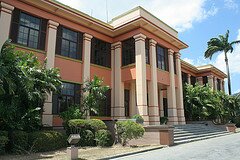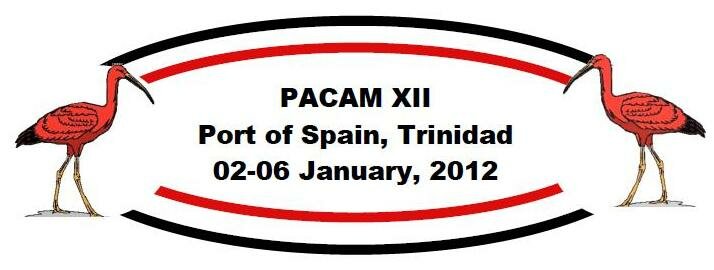How Biomechanics Shapes Our Bodies and Movements: From Basics to Real-World Impact
I. Introduction
Imagine the elegance of a gymnast's flawless routine, the precision of a pitcher's throw, or the agility of a sprinter dashing towards the finish line. What do these remarkable physical feats have in common? The answer lies in the fascinating world of biomechanics, where science meets motion. In this article, we will embark on a journey to unravel the mysteries of how biomechanics shapes our bodies and movements.
Biomechanics is not just a niche area of study for scientists; it's a field with profound implications for students, physical therapists, and sports coaches. This article serves as a guide to understanding the role of biomechanics in our lives, from the most basic principles to its applications in sports, rehabilitation, and daily activities.
II. Understanding the Basics of Biomechanics
Definition of Biomechanics: Biomechanics is the study of the mechanical aspects of living organisms, particularly the human body. It's the science that helps us understand how our bodies move and function. Biomechanics plays a crucial role in various fields, including sports, healthcare, and even in the development of medical equipment like prosthetics and orthopedic devices. For students interested in this discipline, seeking expert guidance from a reputable nursing paper writing service https://place-4-papers.com/nursing-essay-writing-service/ can be immensely beneficial in exploring the complex world of biomechanics.
Historical Context and Development: The roots of biomechanics trace back to ancient civilizations, but it gained significant momentum in the 20th century. Notable figures like Leonardo da Vinci and Sir Isaac Newton contributed to its early development.
The Role of Physics in Biomechanics: At its core, biomechanics relies heavily on physics. Concepts such as force, velocity, acceleration, and torque play a crucial role in understanding how our bodies move.
III. Biomechanics and the Human Body
Now, let's take a closer look at how biomechanics interacts with the human body:
Exploring the Skeletal System: Bones are the framework of our bodies. Understanding their structure and function helps us comprehend the mechanical advantage they provide in movement. Levers within our body, such as the elbow joint, are integral to our everyday activities.
Muscular System: Muscles are the engines that drive our movements. Biomechanics classifies muscles into various types based on their roles and functions. The interaction of antagonistic muscles, those that work in pairs, ensures smooth and controlled movement.
Joints and Their Impact: Joints are the junctions where bones meet, and they have a profound impact on our range of motion. Different joint types enable various kinds of movement, from the swivel of the hip to the hinge of the knee.
IV. Biomechanical Principles in Action
With the basics in place, it's time to see biomechanical principles at work:
Center of Mass and Balance: Your center of mass is the point at which your body is in perfect equilibrium. Understanding this concept helps us maintain balance, whether you're an acrobat on a tightrope or simply standing on one leg. Practical applications are abundant, from improving posture to excelling in sports.
Newton's Laws of Motion: Newton's laws are not just for physics class. They have direct relevance to biomechanics. The first law explains how inertia affects our movement, the second law delves into the relationship between force and acceleration, and the third law reveals the beauty of action and reaction. These laws underpin the mechanics of virtually every sport, from a sprinter accelerating off the blocks to a baseball pitcher's pitch.
V. Biomechanics in Sports
Biomechanics is not limited to the classroom; it's on the field, the court, and the track. Here's how it impacts sports:
Impact on Sports Performance and Injury Prevention: Understanding biomechanics can significantly enhance an athlete's performance. It can fine-tune techniques, maximize power, and minimize the risk of injury.
Case Studies: We'll examine specific examples, such as dissecting a golfer's swing, analyzing the mechanics of running and sprinting, understanding the intricacies of a basketball player's shooting technique, and breaking down the physics of a tennis serve. Learn how coaches can use biomechanics to turn athletes into champions.
VI. Biomechanics in Physical Therapy
For physical therapists, biomechanics is a powerful tool:
Rehabilitation and Recovery: Gait analysis, the study of an individual's walking pattern, is just one example of how biomechanics aids in rehabilitation. Correcting posture and movement patterns is crucial for a patient's recovery.
Injury Prevention: Techniques rooted in biomechanics can reduce the risk of injuries, especially for those prone to repetitive strain or stress injuries. Case studies will illustrate the practical application of these concepts.
VII. Biomechanics in Daily Life
Biomechanics is not confined to sports and therapy; it's a part of our everyday existence:
Ergonomics and Well-Being: Proper ergonomics are essential for overall well-being. Learn how to create an ergonomic workspace or improve your daily activities to reduce the risk of discomfort and injuries.
VIII. Current Research and Future Trends
The world of biomechanics is continually evolving:
Emerging Technologies: Discover the latest technological innovations in biomechanics that are shaping the way we study and apply these principles.
Ongoing Studies: Explore current research that holds the promise of improving sports performance, rehabilitation, and even daily life.
The Future of Biomechanics: What does the future hold for this field? We'll glimpse into how biomechanics might revolutionize sports, healthcare, and our overall well-being.
IX. Conclusion
In conclusion, biomechanics is the bridge between science and motion, and it affects us all. Whether you're a student, a physical therapist, or a sports coach, understanding how biomechanics shapes our bodies and movements is crucial for enhancing physical performance, preventing injuries, and optimizing daily activities. As you read this article, consider how you can apply these principles in your respective fields, and let the fascinating world of biomechanics continue to inspire your journey.

